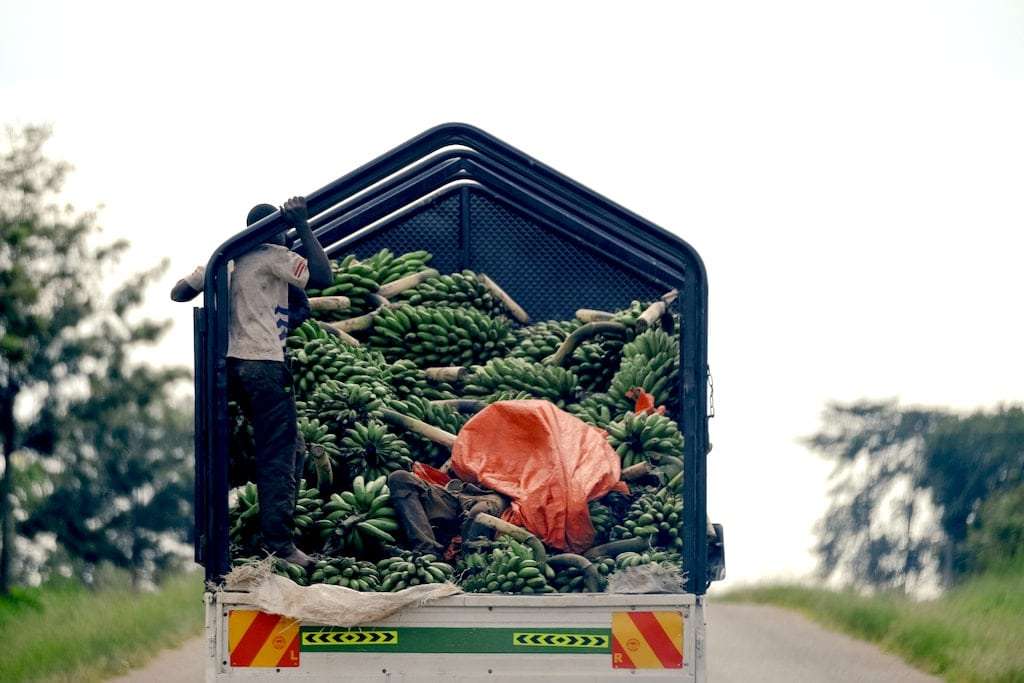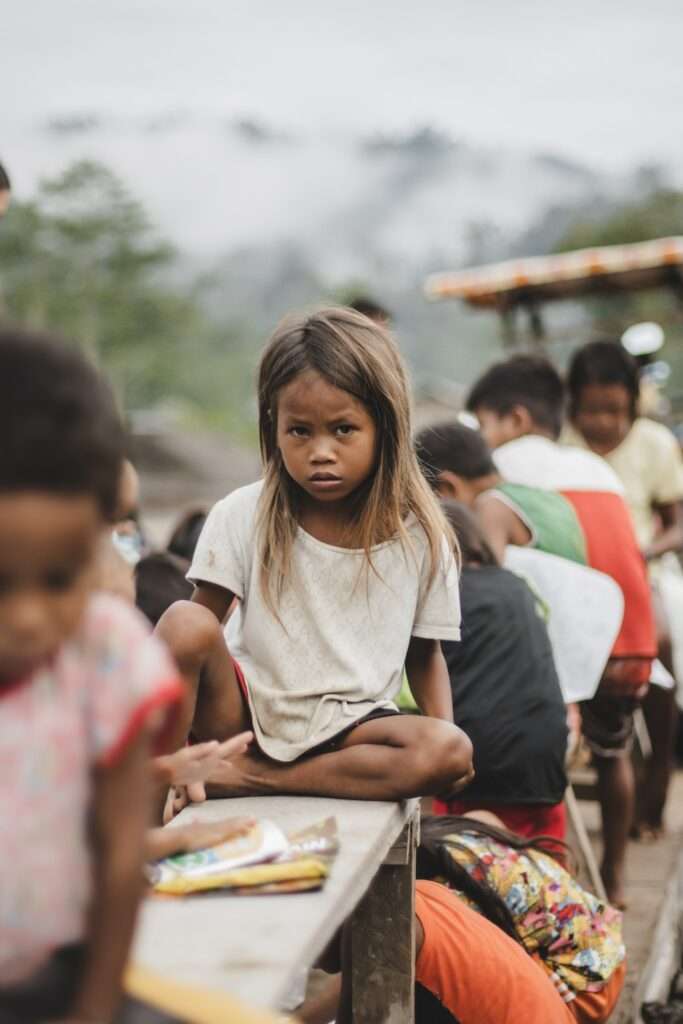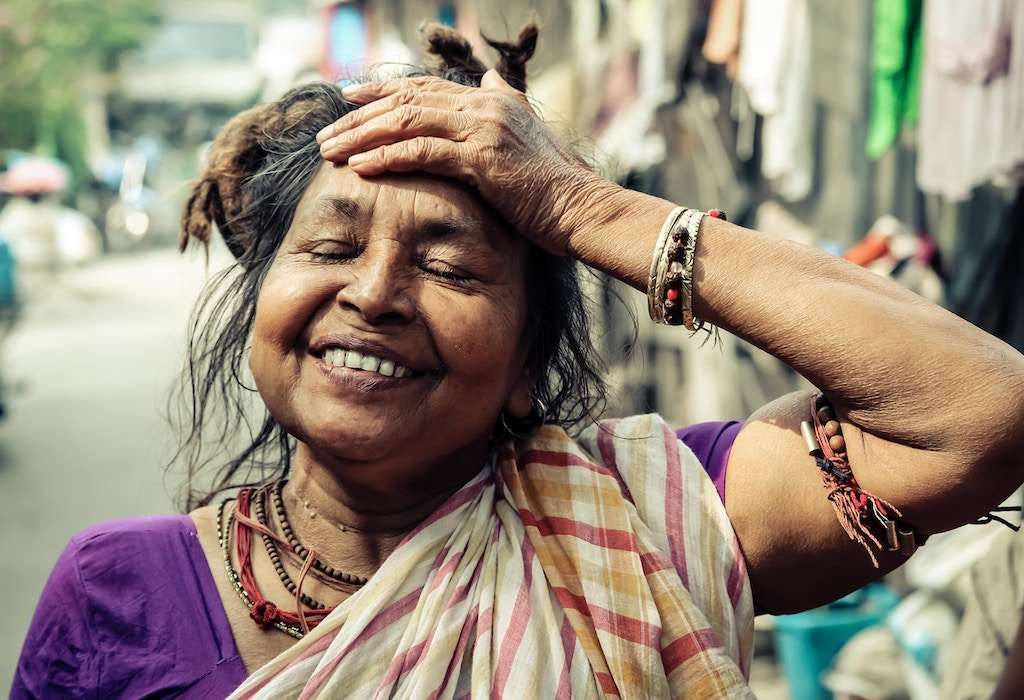At the forefront of addressing climate change, poverty, gender equality, and economic growth are the United Nations’ Sustainable Development Goals. Are they working?
Since 1990, more than one billion people have been lifted out of extreme poverty, according to the United Nations (UN). Child mortality has also dropped by more than half, and so has the number of children out of school. Since 2000, the number of HIV/AIDS infections has also fallen by 40 percent.
These major achievements were helped significantly by the Millennium Development Goals (MDGs), which were formulated back at the turn of the millennium and were designed to help “tackle the indignity of poverty.” As the stats above indicate, in many ways, the world has improved considerably since the late 1990s and 2000s. But there is still much to be done.

That’s why, in 2015, the UN replaced the MDGs with new objectives, called the Sustainable Development Goals (SDG). The integrated goals still focus on ending poverty, but they also take into account targets like protecting the planet, accelerating gender equality, and ensuring economic growth for all.
“The legacy and achievements of the MDGs provide us with valuable lessons and experience to begin work on the new goals,” notes the United Nations Development Programme (UNDP). It continues: “The SDGs are a bold commitment to finish what we started and tackle some of the more pressing challenges facing the world today. All 17 Goals interconnect, meaning success in one affects success for others.”
Here’s more about what those goals are, and how much progress has been made in the last eight years.
What are the UN’s Sustainable Development Goals?
There are 17 SDGs, and together, they make up “the blueprint to achieving a better and more sustainable future for all” by 2030, notes the UN.
The first is No Poverty. Despite progress, in 2022, research suggested that around 670 million people could still be living in extreme poverty around the world. “If current patterns persist, an estimated 7% of the global population – around 575 million people – could still find themselves trapped in extreme poverty by 2030, with a significant concentration in sub-Saharan Africa,” notes the US.
The second is Zero Hunger, an objective that involves wasting less food and supporting local farmers. Goal 3 is Health and Wellbeing. While there has been progress in some areas, like tackling HIV/AIDS, childhood vaccinations are declining, and deaths from diseases like tuberculosis and malaria have increased since the COVID-19 pandemic.

Quality Education, Gender Equality, and Clean Water and Sanitation are the next three goals. According to the UN, on the latter, safe drinking water, sanitation, and hygiene is “still out of reach for billions.” After that comes Affordable and Clean Energy, Decent Work and Economic Growth, Industry Innovation and Infrastructure, and Reduced Inequalities.
The next five goals focus on the planet. They include: Sustainable Cities, Responsible Consumption and Production, Climate Action, Life Below Water, and Life on Land, which tackles issues like desertification, biodiversity loss, and land degradation.
Number 16 is Peace, Justice, and Strong Institutions, while number 17 refers to Partnerships for the Goals. “The 2030 Agenda is universal and calls for action by all countries – developed and developing – to ensure no one is left behind,” notes the UN on the final goal. “It requires partnerships between governments, the private sector, and civil society.”
How we can all help the world achieve the UN’s Sustainable Development Goals
As highlighted above, achieving the SDGs relies heavily on the cooperation of governments and the private sector. And some progress has been made so far. In terms of Gender Equality, for example, rates of child marriage and female genital mutilation have declined. And in terms of Climate Action, investments in renewable energy “have soared,” notes the UN.
But in every area, there is still much, much more work to be done. And as individuals, there is some action we can take.

When it comes to helping Life Below Water, for example, we can make “ocean-friendly choices when buying products or eating food derived from oceans.” For Responsible Consumption and Production, reducing unnecessary waste and employing thoughtful buying habits (like eschewing fast fashion or meat) can help, too.
“The SDGs are unique in that they cover issues that affect us all,” reports the UN. “They reaffirm our international commitment to end poverty, permanently, everywhere. They are ambitious in making sure no one is left behind. More importantly, they involve us all to build a more sustainable, safer, more prosperous planet for all humanity.”
For more on the SDGs, their progress, and what individuals can do to help, click here.
Related on Ethos:


